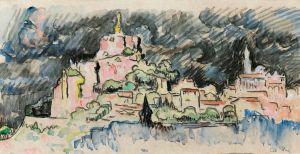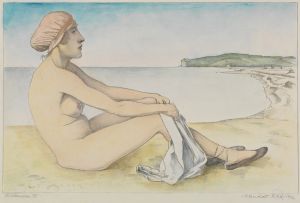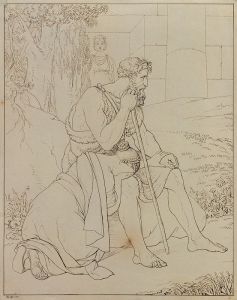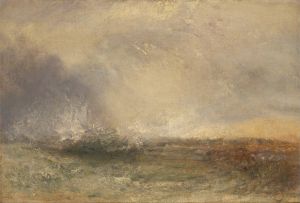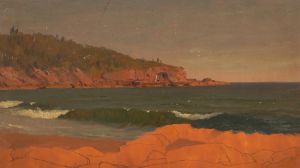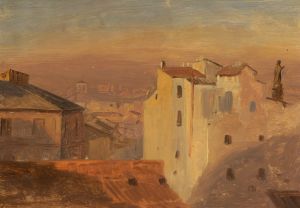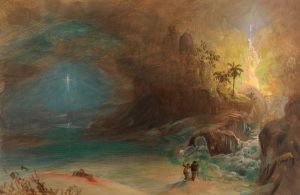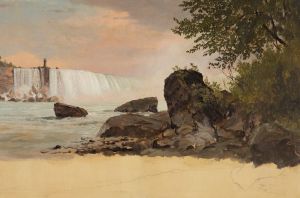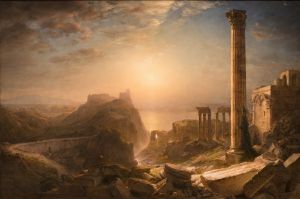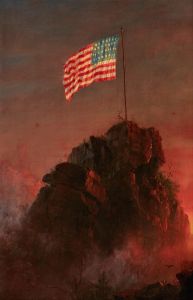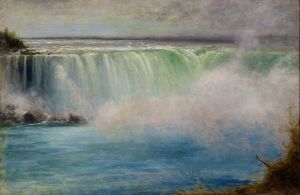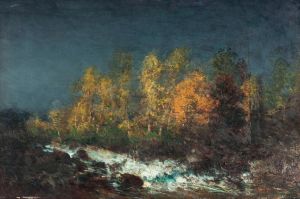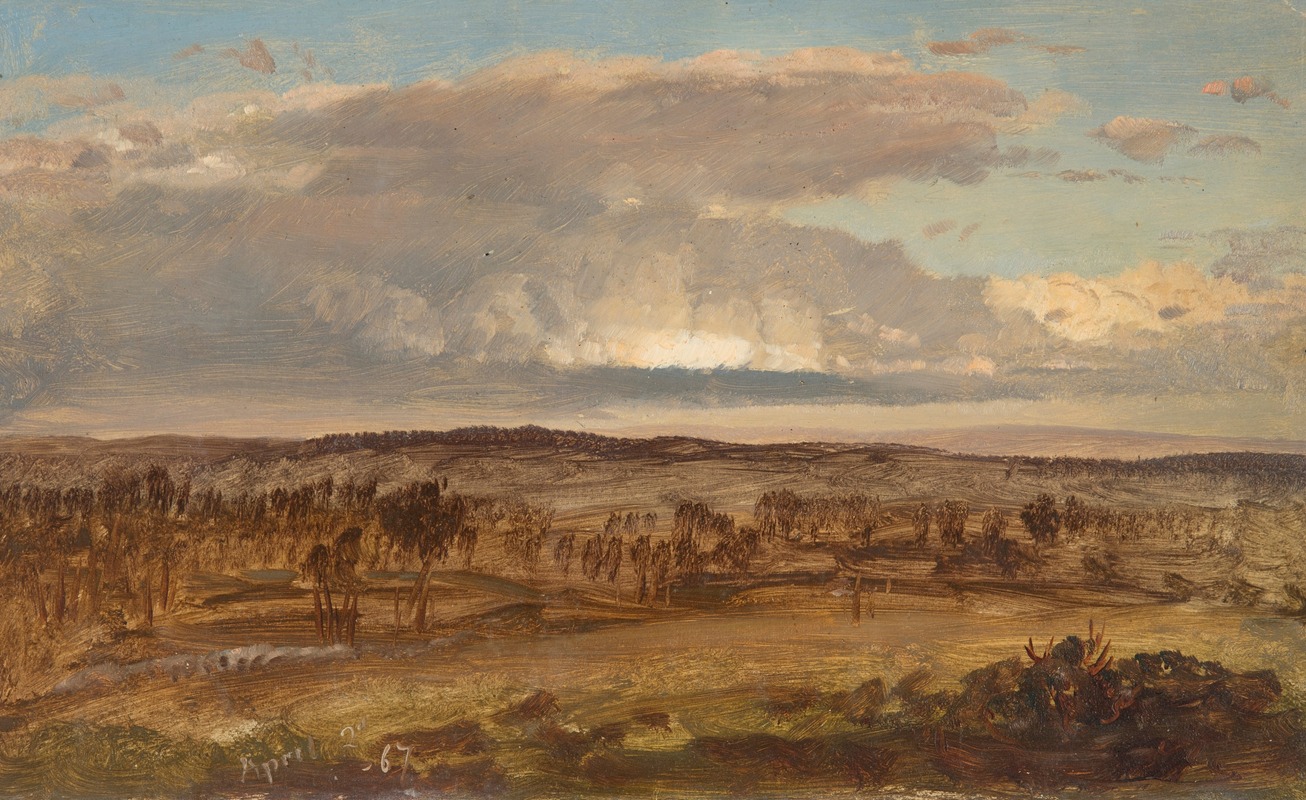
Hudson Valley
A hand-painted replica of Frederic Edwin Church’s masterpiece Hudson Valley, meticulously crafted by professional artists to capture the true essence of the original. Each piece is created with museum-quality canvas and rare mineral pigments, carefully painted by experienced artists with delicate brushstrokes and rich, layered colors to perfectly recreate the texture of the original artwork. Unlike machine-printed reproductions, this hand-painted version brings the painting to life, infused with the artist’s emotions and skill in every stroke. Whether for personal collection or home decoration, it instantly elevates the artistic atmosphere of any space.
"Hudson Valley" is a painting by Frederic Edwin Church, an American landscape painter born on May 4, 1826, and a central figure in the Hudson River School of American landscape painting. Church is renowned for his large-scale, detailed landscapes that often depict dramatic natural scenes.
Frederic Edwin Church's work is characterized by its attention to detail, use of light, and ability to capture the grandeur of the American landscape. The Hudson River School, to which Church belonged, was a mid-19th century American art movement embodied by a group of landscape painters whose aesthetic vision was influenced by romanticism. The paintings typically depict the Hudson River Valley and the surrounding areas, including the Catskill, Adirondack, and White Mountains.
"Hudson Valley" exemplifies Church's skill in rendering the natural beauty of the American landscape. The painting captures the serene and majestic qualities of the Hudson River Valley, an area that was a significant source of inspiration for Church and his contemporaries. The Hudson River Valley, with its rolling hills, lush forests, and tranquil waters, provided a perfect subject for Church's artistic exploration.
Church's technique involved meticulous observation and detailed sketches made during his travels, which he would later use to create his large-scale studio paintings. His works often feature dramatic lighting, vivid colors, and a sense of depth that draws the viewer into the scene. "Hudson Valley" is no exception, showcasing Church's ability to convey the vastness and beauty of the American wilderness.
The painting reflects the romantic ideal of the sublime, a concept that emphasizes the awe-inspiring power and beauty of nature. Church's landscapes often evoke a sense of wonder and reverence for the natural world, encouraging viewers to appreciate the environment's splendor and complexity.
Frederic Edwin Church's contributions to American art extend beyond his paintings. He was also an influential figure in the cultural and intellectual life of his time. Church traveled extensively, drawing inspiration from his journeys to South America, Europe, the Middle East, and the Arctic. These travels broadened his artistic perspective and enriched his work with diverse influences and subjects.
Church's legacy is preserved in numerous collections and museums, including the Metropolitan Museum of Art in New York City, which houses several of his masterpieces. His home, Olana, located in the Hudson River Valley, is now a New York State Historic Site and museum dedicated to his life and work. Olana offers visitors a glimpse into Church's artistic process and his deep connection to the landscape that inspired so much of his work.
In summary, "Hudson Valley" by Frederic Edwin Church is a testament to the artist's mastery of landscape painting and his ability to capture the natural beauty of the American wilderness. Through his detailed and evocative works, Church has left an enduring legacy that continues to inspire and captivate audiences today.





